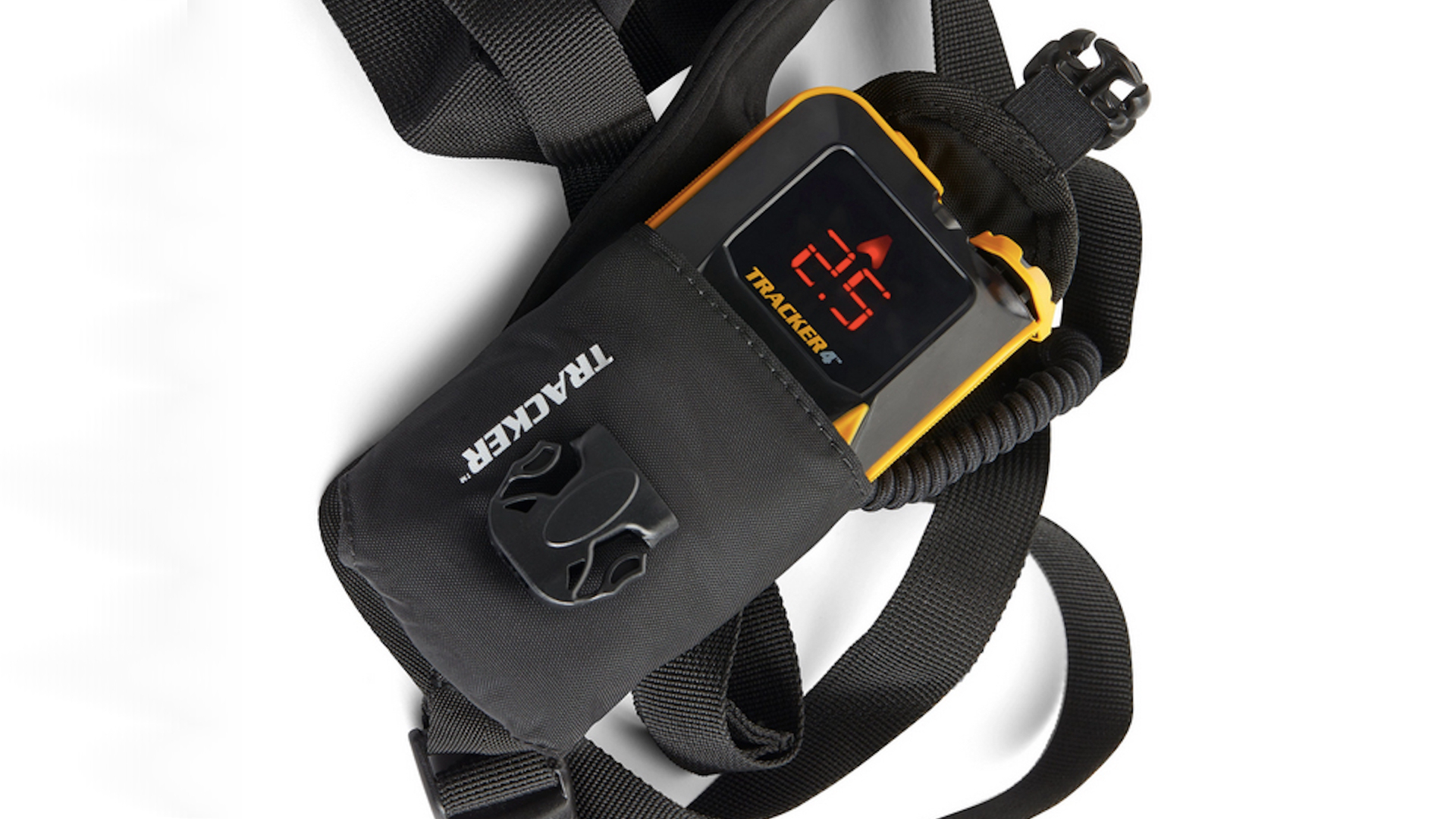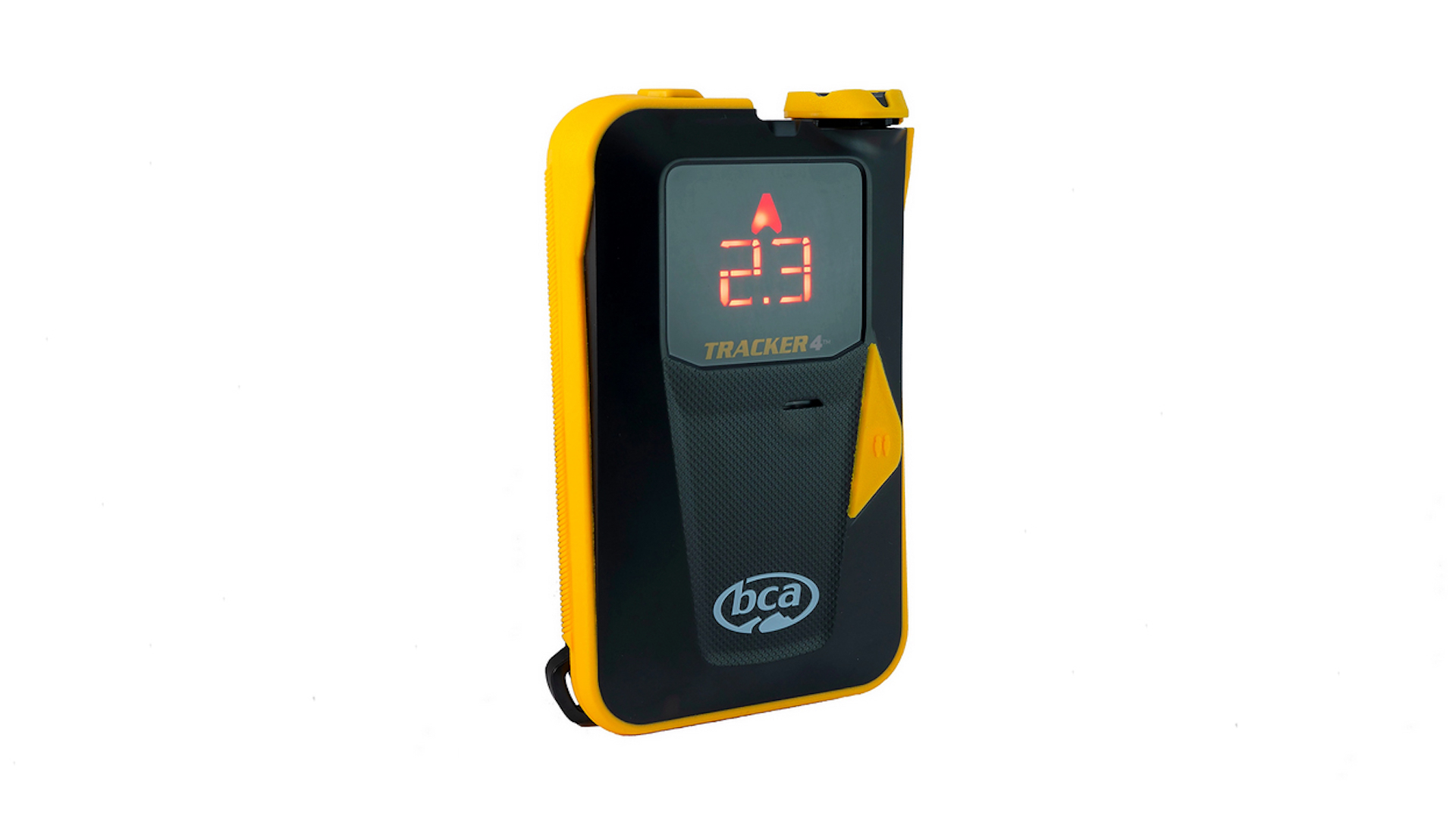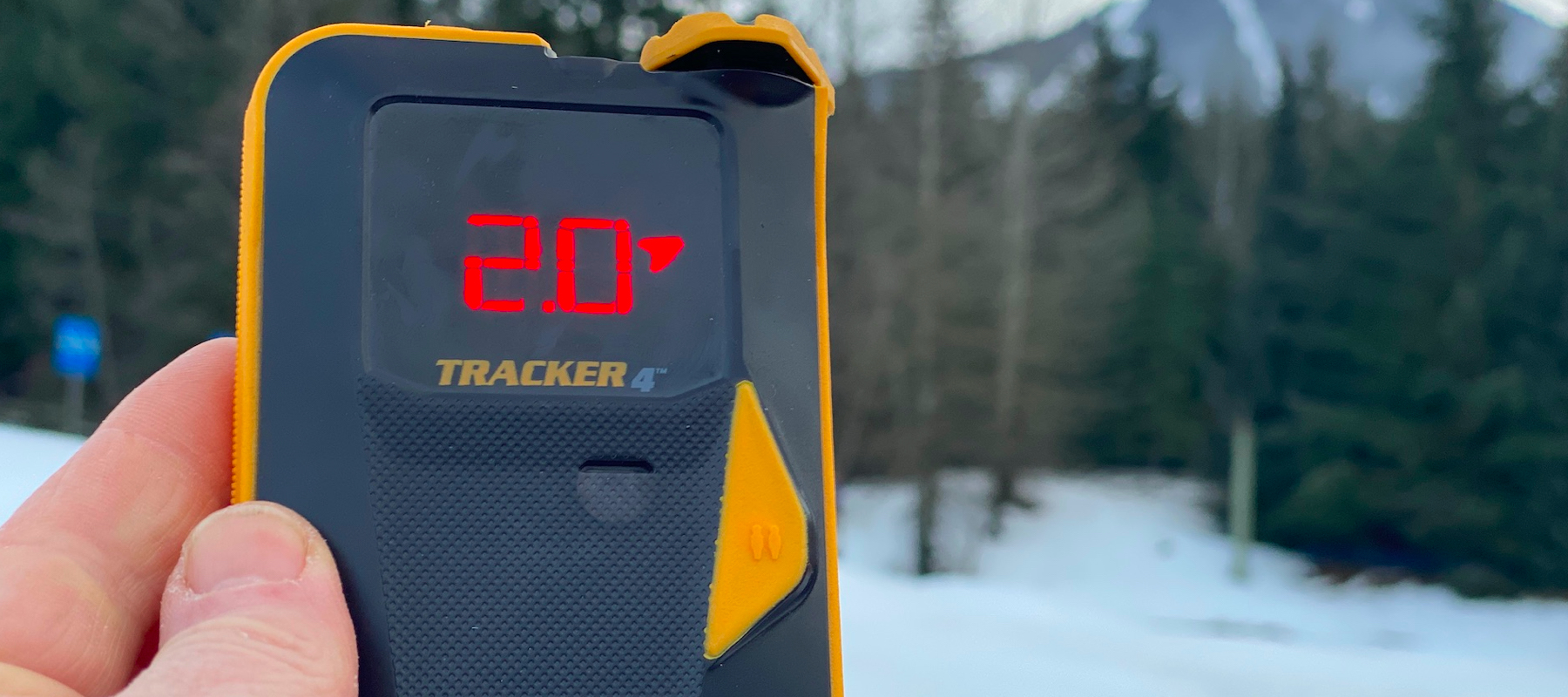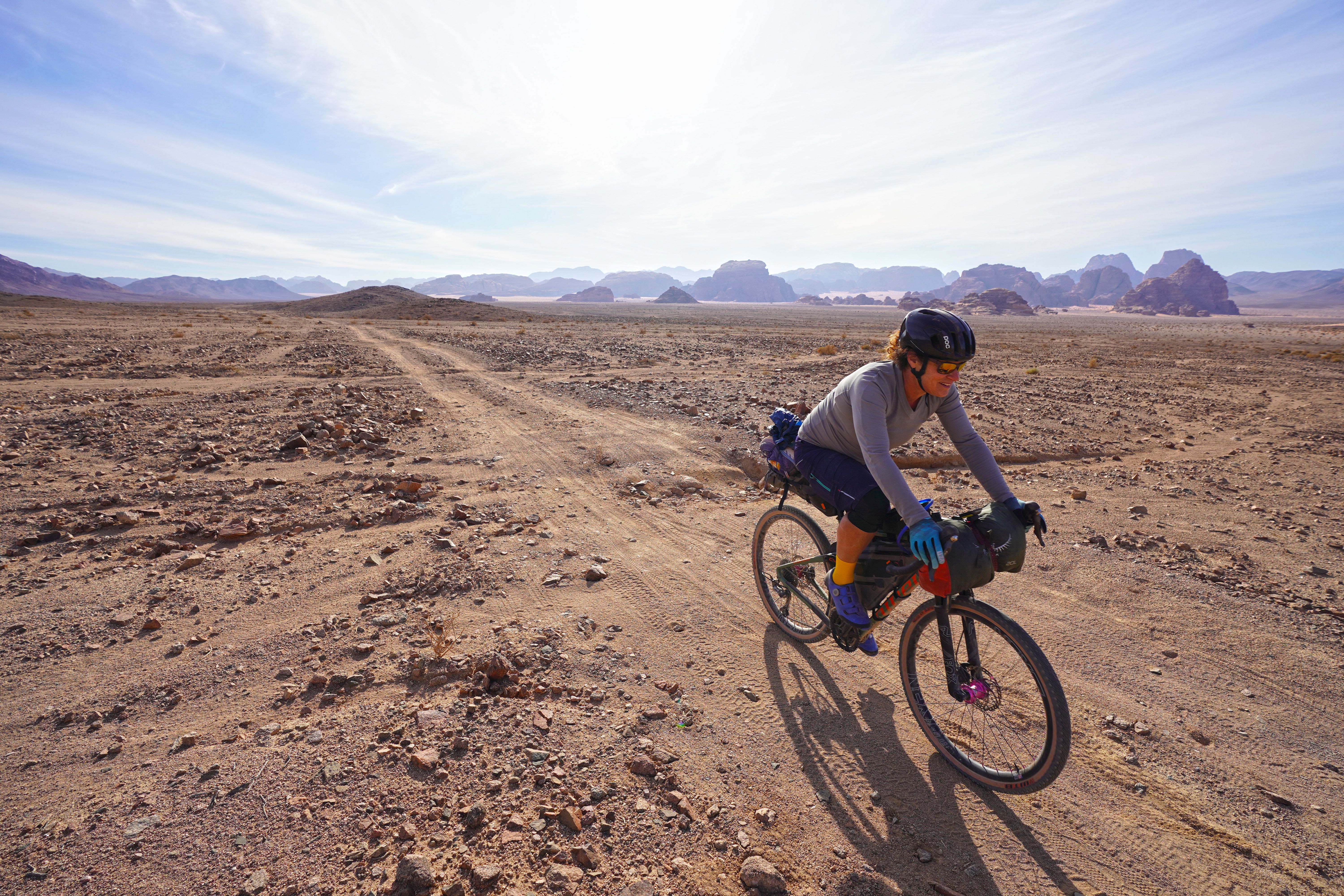Advnture Verdict
There are some frustrations with certain elements of this beacon but the Tracker series is very popular because it’s easy to use and the Tracker4 has a range of really good features.
Pros
- +
Made in the USA
- +
Easy to carry and use
- +
Firmware updatable via USB-C
- +
Brightly colored and easy to find if dropped
Cons
- -
No marking function
- -
Small screen
- -
Range isn’t brilliant
- -
Software updates can be confusing
You can trust Advnture
BCA Tracker4: first impressions
The BCA Tracker4 is the latest iteration of America’s best-selling avalanche beacon. We may not have scored it as highly as other transceivers on test in our best avalanche beacons buying guide but it does have a secret weapon that explains its popularity – it’s easy to use. And that can be crucial when it comes to keeping you safe in avalanche terrain.
• List price: $400 (US) / £340 (UK)
• Weight (including batteries, but not harness): 215g / 7.6oz
• Range: 55m / 180ft
• Antennas: 3
• Battery life: Minimum 1 hour in search mode after 200 hours in transmit mode (approximately 250 hours in transmit only or 50 hours in search only)
TThis US-made beacon has a rubber overmolded case that’s easy to hold, and a slightly recessed screen that BCA says protects the screen from potential backcountry bashings.
Upgrades from the Tracker3 include a brighter screen and a louder mic. That makes visible and audible cues clearer when you're searching. In the event of a multiple-victim burial, the Tracker4 has Signal Suppression (SS), which allows users to turn off a beacon signal once they’ve located it, so they can move on to the next with fewer distractions.
A Big Picture (BP) mode lets a searcher see all buried victims at the same time, instead of locking onto the closest signal, which is what the beacon normally does. In a secondary slide, the Tracker4’s motion-sensing auto revert-to-transmit mode kicks in to protect you. The beacon doesn’t update wirelessly, but it can be updated by plugging it in.
BCA Tracker4: on the slopes

The Tracker series of beacons are the most popular beacons sold in North America not because they’re rugged and easy to hold (which they are), but because their most basic functions are so easy to use. You turn the beacon on, it shows you the battery level and then the screen goes dark, while a small light flashes on the side to let you know the beacon is working. Click it to Send mode (which is best done without ski gloves on), and the beacon provides an audio beep that speeds up and gets louder as you get closer to the beacon you’re searching for.
During a search, the screen displays a number indicating how far you are from the closest buried beacon. However, there are no arrows indicating which direction you should go in, which is a feature most other beacons have.

Also, while the Tracker4 does have a signal suppression mode, once you turn off a signal from a buried beacon you can’t get back to that signal. BP mode allows you to see all buried beacons, but it's rudimentary and clunky to use. Regardless of how many beacons are buried, Tracker4 only shows two icons indicating buried people.
The Tracker4 can be updated via USB-C. The port is inside the battery compartment, but the rubber port cover is not attached, so be careful not to lose it. And the software update process can be confusing.
This beacon’s range is on the short side, too. But if, for some reason, the Tracker4 ends up in the snow, and not attached to your body with a harness or tether, the yellow and black casing makes it easy to find.
Vermont-based writer, photographer and adventurer, Berne reports on hiking, biking, skiing, overlanding, travel, climbing and kayaking for category-leading publications in the U.S., Europe and beyond. In the field, she’s been asked to deliver a herd of llamas to a Bolivian mountaintop corral, had first fat-biking descents in Alaska, helped establish East Greenland’s first sport climbing and biked the length of Jordan. She’s worked to help brands clean up their materials and manufacturing, and has had guns pulled on her in at least three continents.


